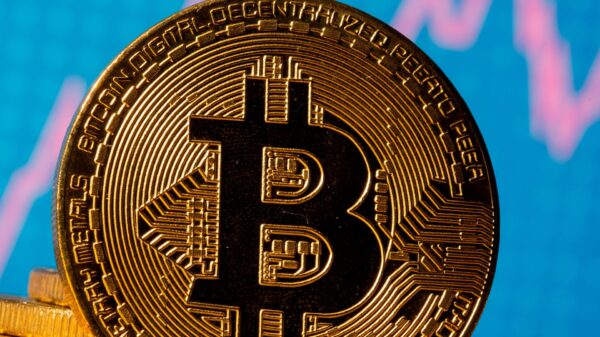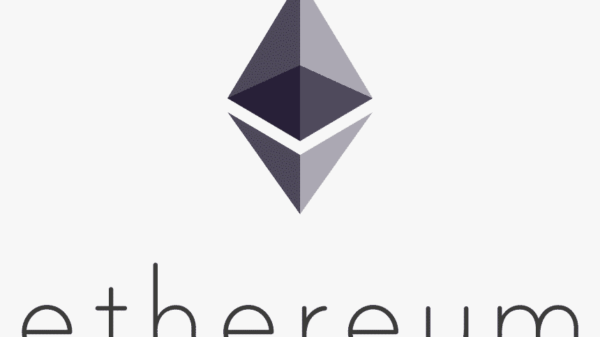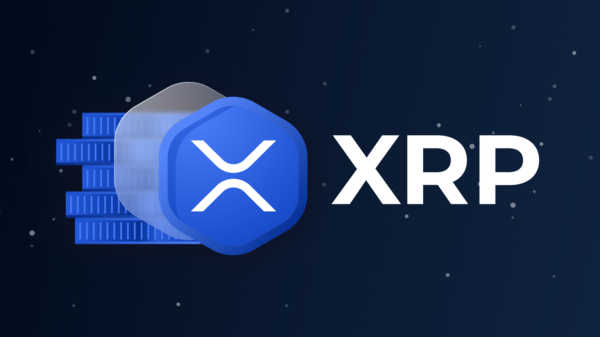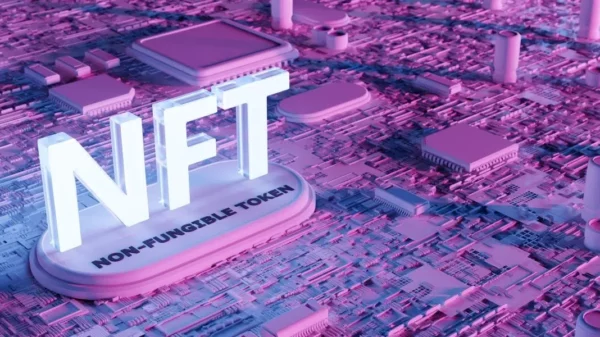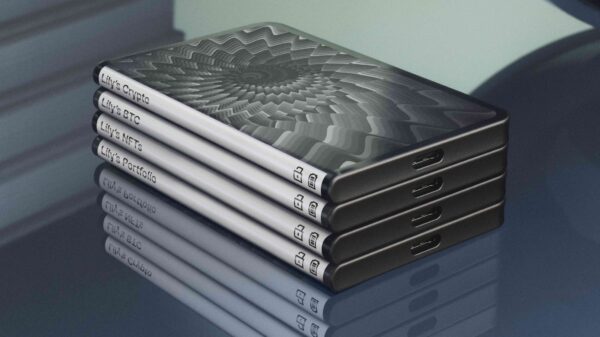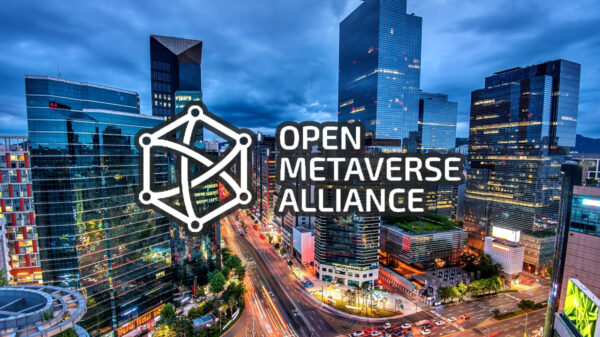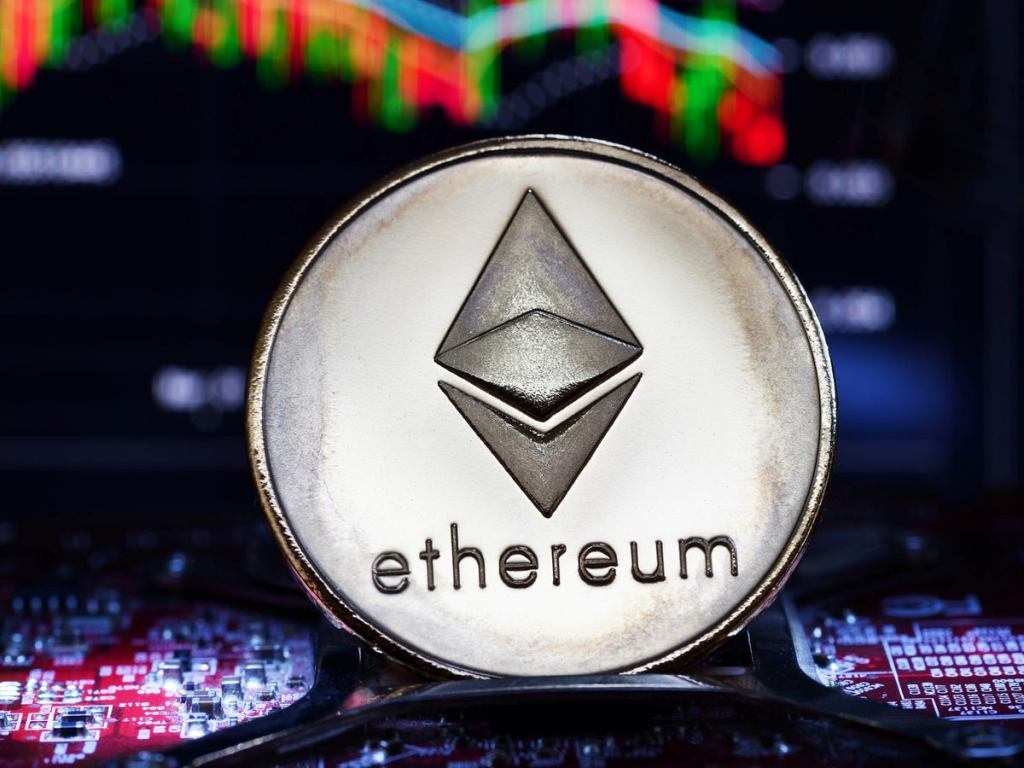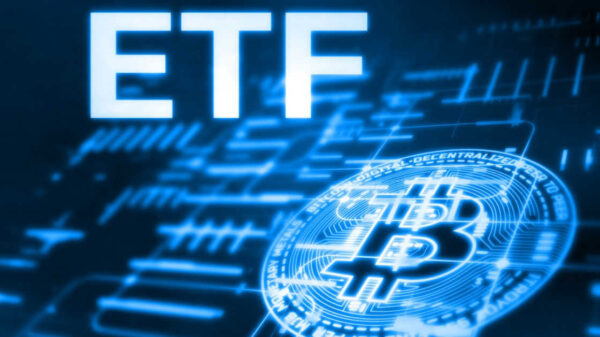Since the Ethereum network’s latest upgrade, dubbed London — which introduced a transaction fee burning mechanism — the network has burned 4,600 ETH in the first 24 hours, worth around $12 million.
The upgrade happened yesterday at 12:33 UTC, at block height 12,965,000, and went successfully. Within a few hours, a few hundred ETH had been burned — an amount that didn’t slow down.
The transaction fee burning mechanism was brought in by EIP-1559, an improvement designed to make fees easier to use and to help the network handle high demand. It requires a base fee to be burned and then users can also tip miners if they want to encourage their transactions to go through more quickly. The base fee rises when there’s higher demand and drops when demand is lower.
This doesn’t mean that the Ethereum network is now deflationary. Every block, 2 ETH is rewarded to miners for helping to run the network. This adds up to a total of 12,700 ETH roughly every day.
What it does mean is that it’s currently reducing the amount of inflation by 36%. This helps to slow down the increase of the circulating supply over time. This rate may change significantly over time, though.
Ethereum miners may start feeling the brunt, however.
In recent months, transaction fees have risen so high that they were accounting for 50% of miner revenue (equalling about 1 ETH per block). But with the base fees getting burned, miners will miss out on this big source of revenue unless Ethereum users end up paying high transaction fees on top of the base fees to make up the difference.
theblockcrypto








